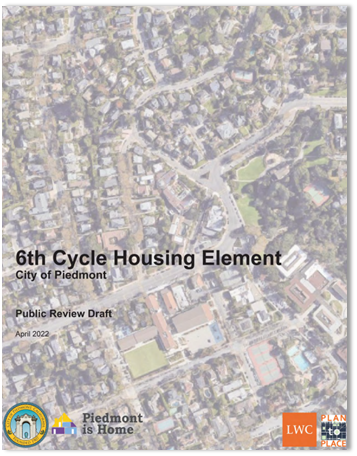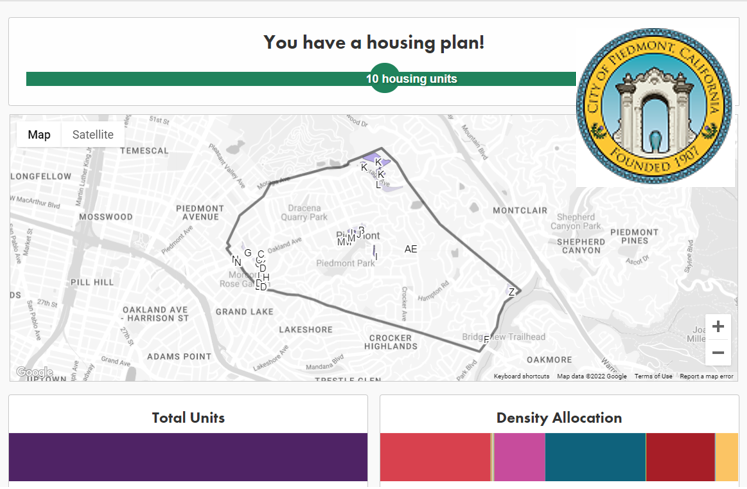May 7 2022
I just wanted to clarify that the timeline for preparation of Housing Element updates is set by state law.
It is an iterative process that mandates local jurisdictions prepare draft Housing Elements, open them up for public comment and send them to the state’s Housing and Community Development department (HCD) for its review. Once HCD has reviewed, it sends back its comments and recommendations to local jurisdictions, so they can incorporate them into revised drafts, to make sure those drafts comply with all the requirements of state law. The final product, after all these different rounds of review, needs to be done in early to mid 2023. So while it seems like 2023 is a long time away, the timeline is actually tight. You can find a model timeline in the website for the Association of Bay Area Governments, here:
https://abag.ca.gov/technical-assistance/housing-element-update-timeline
In other words, it is not up to the City Council or the Planning Commission to extend the deadlines. In fact, delaying the process may lead to increased oversight of the process by the state, as recently happened to the city of Los Angeles. As a result of its failure to comply with Housing Element preparation on time, LA now finds itself into a state-law mandated expedited track to approve all required rezonings within one year. See:
https://www.planetizen.com/news/2022/02/116337-las-housing-element-considered-among-californias-most-ambitious-rejected-state
The timeline, then, must be respected. However, that doesn’t mean that the City is trying to push this forward without real opportunities for public comment. We, as residents of Piedmont, can comment now and when HCD provides its recommendations. We can also comment on the Draft Environmental Impact Report, which the City should be releasing any time now, and at the time of final approval.
Finally, I think we should remember that the draft Housing Element is NOT amending the Charter, rezoning the Corp Yard, or converting Veterans Hall or the City Council building to low income housing. It is just proposing draft policies and identifying potential sites where the Regional Housing Needs Allocation (RHNA), which represents the City’s fair share of housing growth, could be accommodated. It is a high level policy document. Even if these policies were adopted, subsequent rezonings would be needed, as the draft plan acknowledges. And even if those rezonings occurred, that doesn’t mean that automatically these sites would be developed. Much more process would be needed, with public input and any required environmental review, and actual projects would need to be proposed and approved. So, it is a long process, and there will be many opportunities for public participation as we go along.
Thanks to PCA and to all of you, readers, for the opportunity to engage in this important conversation. I look forward to more.
Respectfully,
Andrea Ruiz-Esquide, Piedmont Resident
Editors’ Note: Opinions expressed are those of the author.
8 Comments »









